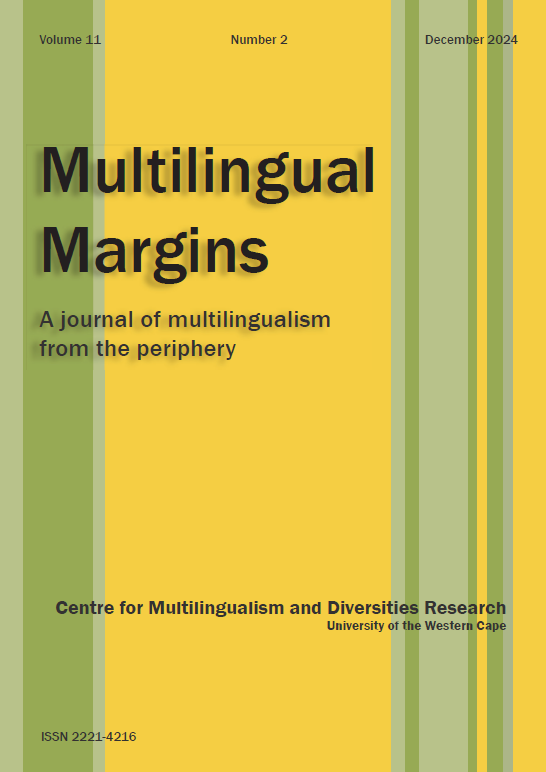Where is the noise? Rethinking language, meaning, and noise through a decolonial and crip orientation
Main Article Content
Abstract
Background: Autism is commonly understood through the lens of non-autistic experts and their ethnocentric and gendered methods, which can reduce its complexity and make some concerns invisible. Autistic people can have different relationships with language, externally understood as "noisy," "nonsense," or even disregarded as linguistic production when manifested (Yergeau 2013, Rodas 2018). As a tacit practice, there is even an acceptable type of noise in spaces such as schools, assumed to be natural or even un‐ perceived as such: bells, shouts, chair drag. In contrast, some types of manifestations that neurodivergent people produce can be easily perceived as incorrect or inappropriate (Wood 2018). Still, Milton's (2012) proposal about the "double empathy problem" can remind us that sometimes the noisy are the others. Roughly, the author maintains that miscommunication between autistic and non-autistic people is a two-way issue caused by difficulties in understanding on both sides involved.
Article Details

This work is licensed under a Creative Commons Attribution 4.0 International License.
